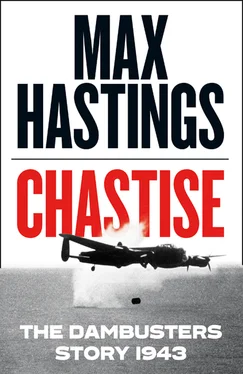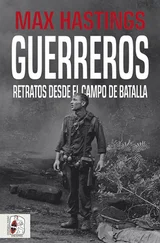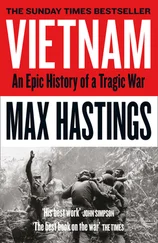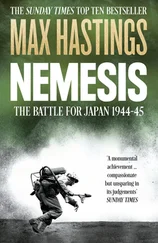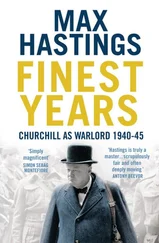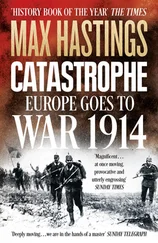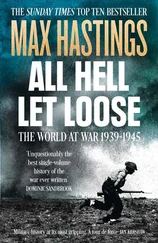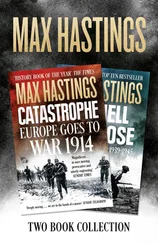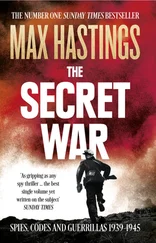The Allied bomber offensive has become one of the most controversial aspects of the Second World War. Some critics, not all of them German or Japanese, denounce the Western Allied assaults upon cities and their inhabitants as a war crime. The 1945 fire-bombing campaign by American B-29 Superfortresses killed far more people in Tokyo and other Japanese cities than did the atomic bombs later dropped on Hiroshima and Nagasaki. The concept of air bombardment of civilians causes many twenty-first-century people discomfort, indeed repugnance. Contrarily, it is a source of bitterness to some descendants of the RAF’s wartime bomber crews that the public prefers to lavish legacy adulation on the Spitfire and Hurricane pilots of the Battle of Britain – defenders – than on their comrades the attackers, who bombed Germany at the cost of enduring losses much greater than those of Fighter Command. Australian Dave Shannon of 617 Squadron denounced in old age ‘sanctimonious, hypocritical and grovelling criticism about things that were done in a total war’.
Where, in all this, does the saga of the dambusters rightfully belong? The fliers contrived a feat that caused all the world to wonder – the Allied nations with pride, the German people and their leaders with horror and apprehension. Rumours swept the Reich that thirty thousand victims had perished beneath the floods. Though the Lancaster crews were drawn from the RAF’s Bomber Command, the force that nightly rained fire and destruction on Germany’s cities, few even among its critics failed to perceive a nobility about the bravery displayed that night. In the spring of 1943, after nearly four years of austerity, unpalatable food, family separations and spasmodic terrors, only lately ameliorated by a thin gruel of successes, the British people were weary. The dams raid lifted their spirits, revived flagging confidence in their own nation’s powers, as had few events since the desert victory at El Alamein six months earlier. We shall discuss below its effects on the Nazi war machine, which RAF planners aspired to cripple.
I was born at the end of 1945, and thus was five when Paul Brickhill’s best-selling account of Chastise was published, nine when the film was released. Both book and movie made a profound impression. I memorised the names of almost every one of 617’s pilots; assembled and painted plastic models of the Avro Lancasters they flew; became intimately familiar with Enemy Coast Ahead , Gibson’s posthumously published memoir. As an adult, I began to study wars, first as a correspondent and eyewitness in faraway places, then as an author of books. Although my ideas became much more nuanced than those of childhood, I was well served by familiarity with a host of World War II memoirs and histories.
In 1977 I was commissioned to write Bomber Command , a study of the British strategic offensive. In those days, thousands of former aircrew were still alive, together with some commanders. I interviewed at length Air Chief Marshal Sir Arthur Harris, 1942–45 C-in-C of Bomber Command; Air Chief Marshal Sir Ralph Cochrane, ex-AOC of 5 Group, to which 617 Squadron belonged; former senior staff officers including Air Vice-Marshal Syd Bufton, director of bomber operations at the Air Ministry; Marshal of the RAF Lord Elworthy, who served as a pilot, station commander and staff officer at Bomber Command HQ; together with the inventor of the ‘bouncing bomb’, Sir Barnes Wallis, and wartime bombing adviser Lord Zuckerman. Among former 617 aircrew, I met Group-Captain Leonard Cheshire, VC, and Air Vice-Marshal Sir Harold ‘Micky’ Martin. Many of these disagreed profoundly with my conclusions, but their testimony was invaluable.
The RAF’s Battle of Britain Flight flew me as a passenger from Farnborough to Coningsby in its only surviving Avro Lancaster, an unforgettable experience. I explored every crew position, and occupied the rear turret – albeit with most of my long back protruding through its sliding doors – while an accompanying Spitfire and Hurricane made passes, to give me a gunner’s-eye view of an attacking fighter. As a war correspondent I saw more than a few aircraft shot down, and have myself dangled from a parachute, though happily not as a ‘bailed out’ airman. In 1994 I spent an airsick afternoon in the rear seat of an RAF Tornado of the latterday 617 Squadron, over Lincolnshire and the North Sea.
All these memories have informed my thoughts and stirred my imagination as I wrote this book. Among many previous accounts of Chastise, the 1982 groundbreaker was that of John Sweetman, who performed prodigies of research to transform and much enhance the picture created by Paul Brickhill. I cherish unstinting admiration for Richard Morris, and especially for his 1994 biography of Guy Gibson, which contributed much to Gibson’s portrait in my own 2005 book Warriors . In Germany, Helmuth Euler has devoted most of his life to interviewing survivors of the breaching of the dams, as well as assembling images and documentation: I have made a free translation from some of his witnesses’ testimony, in pursuit of colloquial English. In 2012, James Holland published an exhaustive new account of the raid.
Robert Owen, official historian of the 617 Squadron Association, possesses encyclopaedic knowledge, which he is generous enough to lend to other writers. Rob was a perfect companion on my 2018 visit to the dams, which enabled me to understand on the spot much that was previously obscure about the hazards facing the attackers. Charles Foster has recently published an invaluable new work of reference, The Complete Dambusters , providing images and details of all 133 aircrew who flew the raid. For my own narrative I have drawn heavily upon the researches of all the above writers. Richard Morris and Rob Owen, especially, have saved me from egregious errors. As in all my books, I seek to emphasise the human dimension and the ‘big picture’, making no attempt to match the admirable technical detail about Wallis’s weapons, of which Sweetman and Holland display mastery.
An enigma overhangs the personalities of the men of 617 Squadron. Almost all were very young when they attacked the dams, and few survived the war. Records detail what they did; there is much less evidence, however, about what sort of people they were. With the notable exception of Gibson, their stories rely heavily upon adolescent correspondence and anecdotes. They were unformed in almost everything save having been trained for flight and devastation: many still thought it the best joke in the world to pull off a man’s trousers after dinner. In describing them, an author cannot escape surmise and speculation. Much reported dialogue, especially relating to the hours of action over the dams, relies upon later personal memories, probably more reliable in spirit than wording. On such a matter as – for instance – the sporadic affair between Gibson and WAAF nurse Margaret North, historians depend on North’s unsupported oral testimony to Richard Morris.
Since starting this book, I have been repeatedly asked whether it is an embarrassment to acknowledge the name of Gibson’s dog, which became a wirelessed codeword for the breaching of the Möhne. A historian’s answer must be: no more than the fact that our ancestors hanged sheep-stealers, executed military deserters and imprisoned homosexuals. They did and said things differently then. It would be grotesque to omit Nigger from a factual narrative merely because the word is rightly repugnant to twenty-first-century ears.
I have been moved to retell, and to reconsider, the Chastise story, in hopes of offering a new perspective which almost represents a paradox. I retain the awe of my childhood for the fliers who breached the Möhne and the Eder. In my seventies, I muse constantly upon the privilege of having attained old age, whereas the lives of most of those British, Canadian, Australian, New Zealand and American fliers became forfeit before they knew maturity, fatherhood or, in many cases, love or even sex.
Читать дальше
